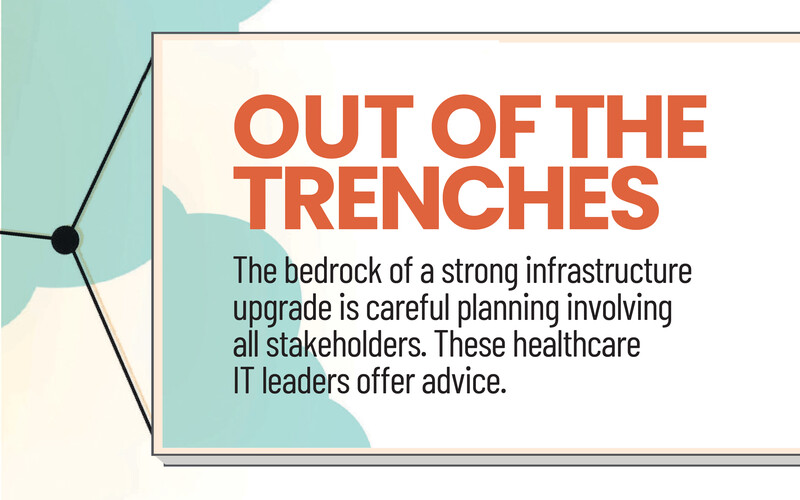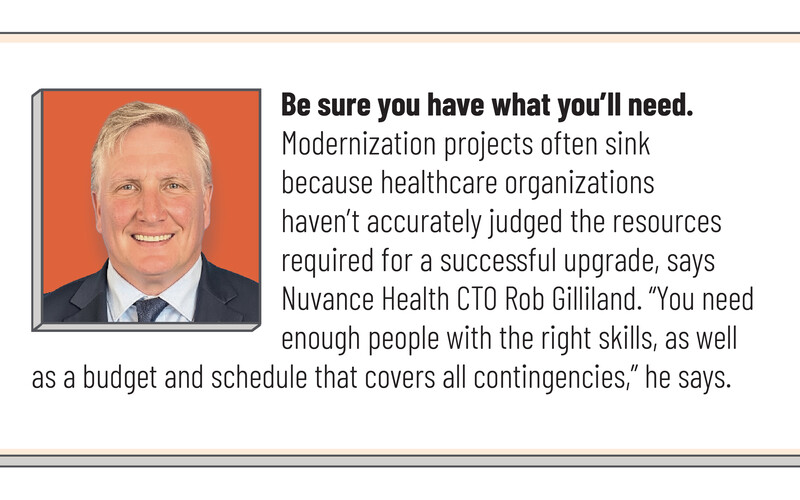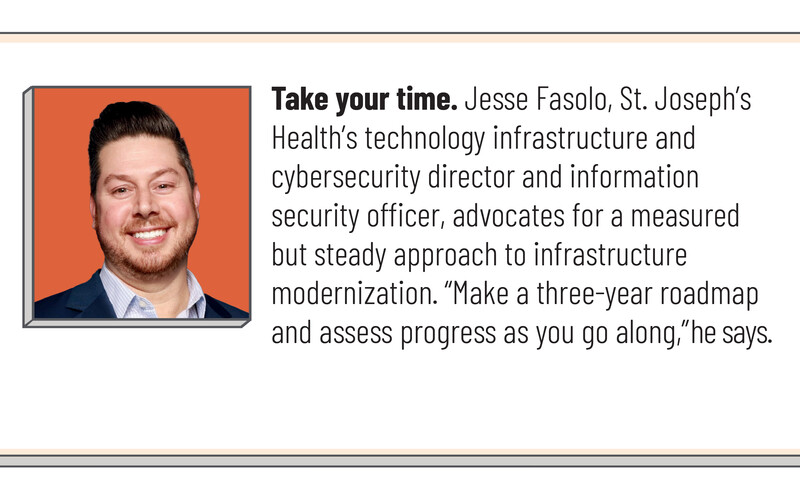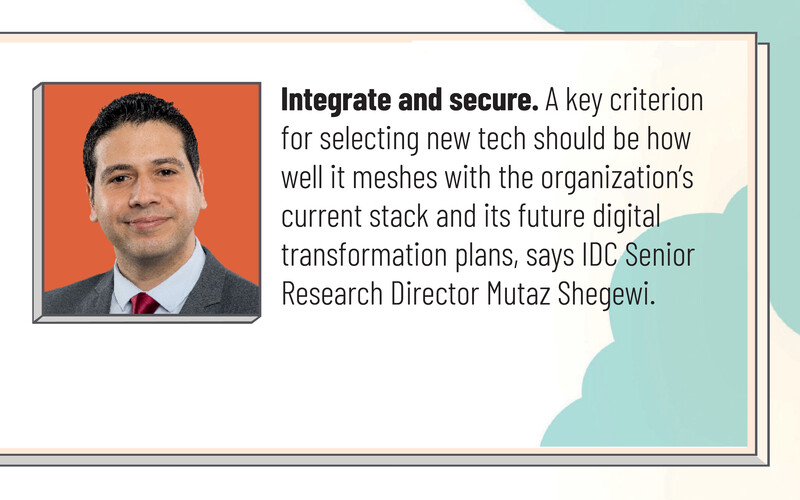Nuvance Health Protects and Prepares with New Backup Solutions
In previous years, Danbury, Conn.-based Nuvance Health was satisfied with a backup solution that met the existing needs of its Microsoft Office 365 environment and its crucial applications running on VMware virtual machines. But with the evolving threat of ransomware and the need to lay a stronger foundation for the future, the health system moved to a Rubrik backup and recovery platform in 2023, says CTO Rob Gilliland.
“Rubrik gave us the exact tool set and ease of management that we needed. It also gives us an easy path to move to a cloud-based solution, which is where we believe the technology is going,” he says.
With seven community hospitals, specialized care centers and more than 250 primary care sites in New York’s Hudson Valley and western Connecticut, Nuvance Health must manage and protect data generated from complex sources and stored in multiple redundant data centers.
“We needed a solution with management features that showed us exactly which of our systems were affected should we be attacked and that could then quickly restore data from any of our systems because that’s crucial to our patients and our operation,” Gilliland says.
READ MORE: What is BCDR? Health systems can navigate crises using the cloud.
Hardened security was a driver of the upgraded backup system, but the deployment offered many benefits. Since its implementation, the Rubrik platform has provided substantially improved turnaround times for backups and faster rates of restore, he says, and a dashboard presents granular views across the network, which are essential for prompt data restoration.
“Being able to bring our systems up in a quick and orderly fashion, no matter what happens, is paramount in enabling our clinicians to provide the care our patients need 24/7,” Gilliland says.
Nuvance Health’s approach to backups has to accommodate existing needs and plans for growth and modernization, Gilliland adds. The organization will soon expand its current on-premises Rubrik solution to take advantage of the vendor’s cloud-based technology.
“As our infrastructure ages, we have to look at where the IT industry is going, and that’s toward the cloud,” he says. “Moving toward the cloud will give us the most and best options to protect and manage our data. Clinicians don’t want or need to know how we do it; they just want to be sure that when contingencies arise, we can get them the data they need for their patients.”














